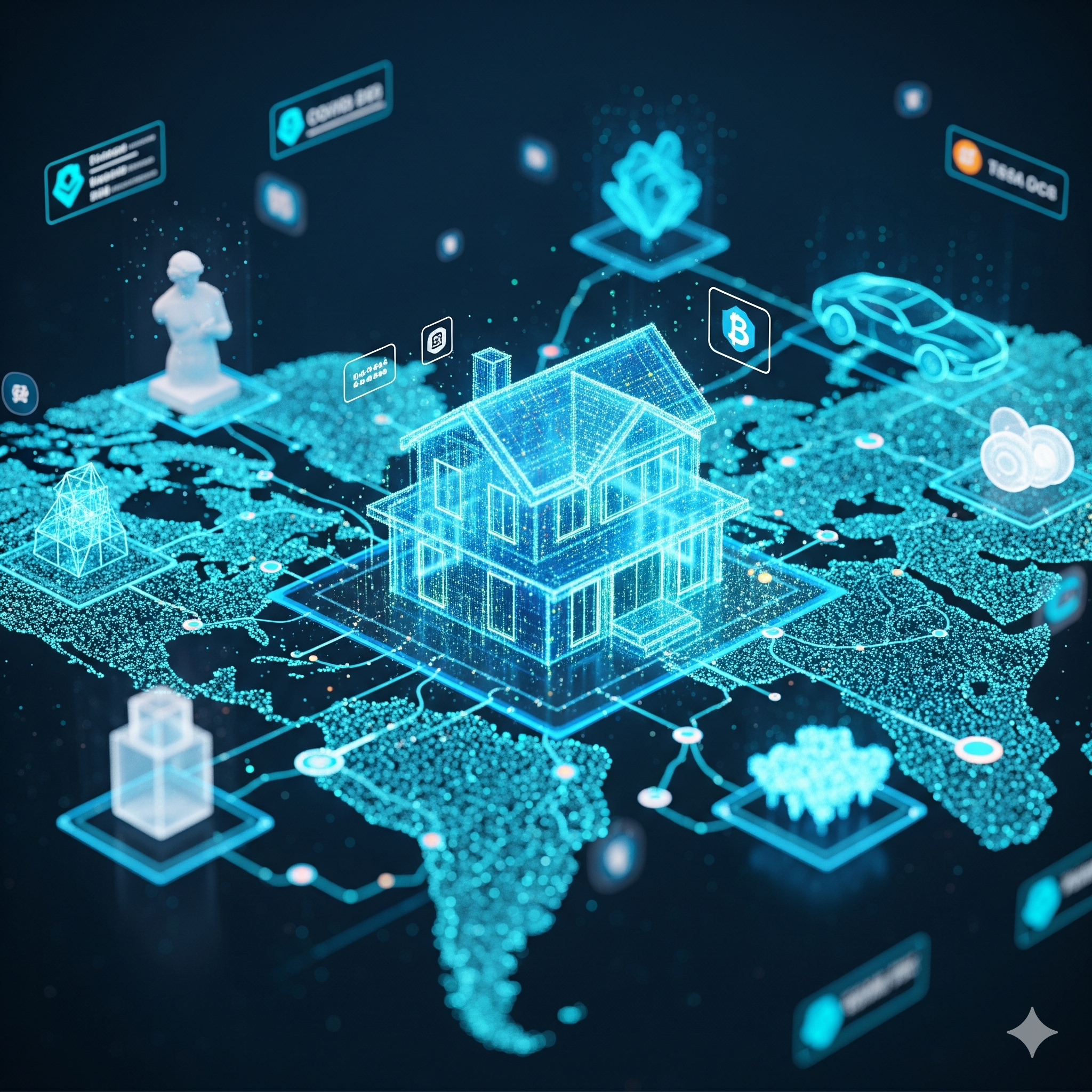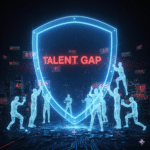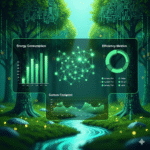Tokenization of real-world assets (RWA), the process of converting physical or tangible assets like real estate, art, and commodities into digital tokens on a blockchain, is reshaping the financial landscape as of 2025. With a market value surpassing $10 billion by mid-year, this innovation promises to democratize investment and enhance liquidity. This article explores the rise, mechanics, applications, driving forces, challenges, critical perspectives, and future potential of RWA tokenization, providing a comprehensive analysis of its transformative impact.
The Rise of RWA Tokenization
The concept of RWA tokenization gained momentum as blockchain technology matured, addressing the illiquidity of traditional assets. By 2025, high-profile projects on platforms like Polygon and Tezos have tokenized properties and artwork, spurred by demand for fractional ownership and global access. This trend marks a shift from centralized financial systems, with tokenized assets becoming a cornerstone of decentralized finance (DeFi), attracting both institutional and retail investors.
Mechanics and Key Technologies
RWA tokenization involves converting asset ownership into digital tokens using blockchain infrastructure:
- Smart Contracts: Automate ownership transfer and revenue distribution on Ethereum or Binance Smart Chain.
- NFT Standards: Use ERC-721 or ERC-1155 for unique assets like art, ensuring provenance.
- Oracles: Chainlink and Band Protocol provide real-world data (e.g., property values) to validate tokens.
- Interoperability Protocols: Enable cross-chain asset movement, enhancing market reach.
These technologies create a secure, transparent framework for representing real-world value digitally.
Applications Across Industries
The versatility of RWA tokenization spans multiple sectors:
- Real Estate: Fractionally tokenizes properties, reducing entry barriers with investments as low as $500 in 2025 trials.
- Art and Collectibles: Enables ownership of high-value pieces, with tokenized art sales up 40% year-over-year.
- Commodities: Tokenizes gold and oil, offering tradable digital representations with 20% increased liquidity.
- Intellectual Property: Allows creators to tokenize royalties, streamlining revenue sharing in entertainment.
Driving Forces Behind Adoption
Several factors propel this trend. The need for liquidity in illiquid markets, such as real estate, drives investor interest, with tokenized assets projected to unlock $16 trillion globally by 2030. Regulatory clarity, like the EU’s MiCA framework, encourages institutional participation, with $3 billion invested in 2024. Technological advancements in blockchain scalability and security, coupled with demand for fractional ownership, further accelerate adoption. Additionally, the rise of DeFi platforms amplifies market access.
Challenges and Ethical Concerns
Despite its promise, RWA tokenization faces significant hurdles. Regulatory uncertainty, varying by jurisdiction, risks legal disputes over token ownership. Valuation discrepancies between physical and digital assets can lead to market instability, a concern often underreported. Security vulnerabilities, such as smart contract exploits, threaten investor funds, with losses exceeding $100 million in 2024. The energy cost of blockchain operations contradicts sustainability goals. Sustainable solutions are explored in our article on green blockchain initiatives, which examines eco-friendly advancements. Moreover, the complexity of tokenizing diverse assets excludes smaller players, widening the digital divide.

A Critical Perspective
The establishment narrative portrays RWA tokenization as a revolutionary step toward inclusive finance, promising liquidity and accessibility. However, this optimism masks critical flaws. Regulatory patchwork creates a compliance nightmare, potentially deterring mainstream adoption, as seen in 2025 legal challenges. Valuation mismatches could trigger market crashes if not standardized, while security breaches undermine trust—evidenced by recent hacks. The energy-intensive nature of blockchains clashes with green finance trends, and the technical barrier favors large entities, replicating centralized power dynamics. True progress requires addressing these contradictions to ensure RWA benefits extend beyond early adopters to a broader, equitable market.
The Future of RWA Tokenization
The future holds significant potential, with the RWA market projected to reach $20 billion by 2027, driven by regulatory harmonization and improved security. By the following year, 15% of global real estate may be tokenized, per industry forecasts, as interoperability and green blockchains mature. Success hinges on standardized regulations, robust security, and energy-efficient solutions. Innovations like zero-knowledge proofs and carbon-neutral networks could resolve technical limits, but inclusivity and market stability remain challenges. The narrative must evolve to prioritize transparency and accessibility.
Broader Implications and Industry Shifts
This trend influences financial development, pushing for tokenized asset platforms and compliance tools. It challenges traditional investment models, enabling global participation, but also raises regulatory stakes. Developers must balance innovation with security, while policymakers craft frameworks to protect investors without stifling growth. The interplay of technology, regulation, and market dynamics will shape RWA tokenization’s trajectory in 2025 and beyond.





